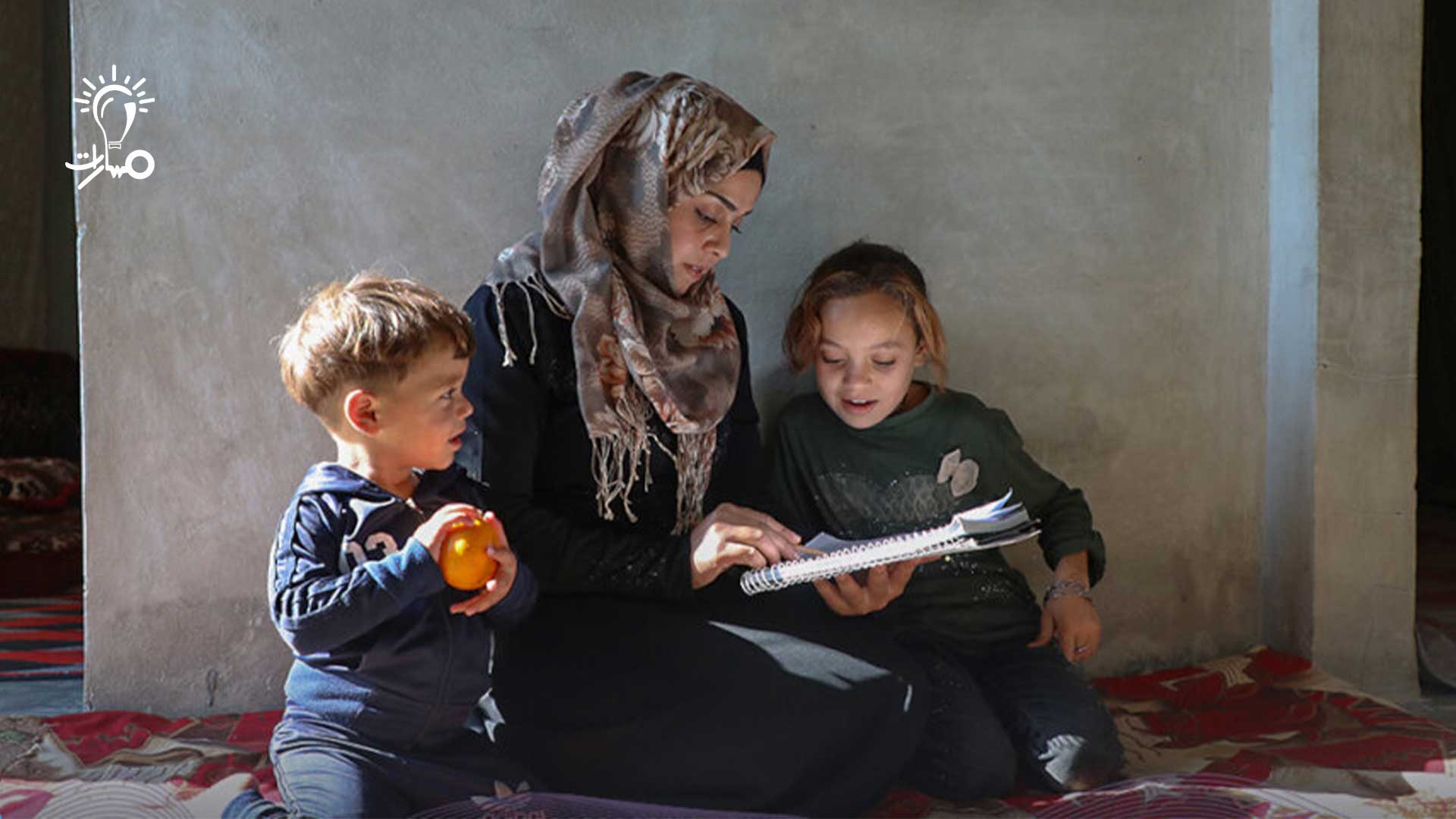The psychology of colors, also known as color psychology, refers to the mental and emotional effects of colors on people when they see them in all aspects of life. This includes nature, known for its enchanting green hues, which people are naturally drawn to. This explains the recent surge in interest in indoor plants or shade plants, as people surround themselves with these bright colors that evoke feelings of joy, comfort, and mental peace.
Colors, in their diversity, have a profound impact on human mood and emotional and psychological makeup. According to experts in psychology, colors penetrate the human body through what they call light waves. Colors are keys to happiness as they stimulate mood, evoke latent energies, and awaken the senses. Some colors pulsate with vitality, while others suggest tranquility, warmth, and peace.
Color Psychology and the Educational Process
This article highlights the importance of colors in the educational process, where they can be used as a tool to attract students’ attention and intellectually and practically engage them to respond to stimuli, thereby enhancing mental activity.
Color usage strategies or color psychology in education show that colors have a significant effect on mood. The appropriate use of color greatly impacts emotions, attention, and behavior during learning. This is due to the different associations colors have within the human psyche, as well as their varying symbolic meanings across cultures. Research has shown that color signals improve memory, with learners more easily recalling colored images than black-and-white ones.
Colors are an important source for creating a creative and artistic space, deeply linked to ideas and the subconscious mind. Some colors affect activity and vitality and may influence decision-making.
Impact of Colors on Students
For example, it’s found that colors affect the physical activity of children with disabilities, aiding in faster memorization, enhancing sensory and physical perception, and supporting the vital energy centers in the brain and body, thereby improving mental and physical health.
Bright and vibrant colors stimulate learners, enhancing enthusiasm and attention. Loud colors like red and orange may boost energy and activity, while calm colors like blue and green can create a peaceful environment and increase concentration.
To draw learners’ attention to important information and increase their engagement, use colors with strong significance, like yellow. The color yellow resembles lighting, so coloring an information box yellow is like adding light to that information. Such colors improve memory and comprehension and can be used in teaching environments to positively affect the overall atmosphere.
Creative and novel uses of colors in teaching can stimulate interaction between teachers and students, thereby enhancing the effectiveness of learning and teaching.
Moreover, smart use of colors in educational processes helps retain and transfer knowledge and allows differentiation. There are many ways to integrate colors into classrooms and educational settings to improve continuity and learning. It’s beneficial to incorporate different color strategies in education.
Finally, when choosing colors in the field of education, it’s important to opt for functional colors over purely aesthetic ones. Colors used in certain places can cause stress or have a very minimal stimulating effect, thus failing to encourage productivity. Studies suggest that individual differences should be considered when choosing colors to ensure they benefit learning.
Meanings of Basic Colors and Their Relation to Color Psychology
- Red signifies love and passion but, in education, it indicates importance and acts as a visual stimulant.
- Blue, the color of the sky, signifies clarity and calmness, but in education, it denotes precision and speed.
- Yellow, the color of the sun, signifies joy, and in education, it enhances visual perception.
- Green, the color of nature, signifies vitality and activity in educational contexts.
- Black, typically a color of sadness, is fundamental in education for its ease of readability.
Written by Serine Harba – Volunteer at Masarat Initiative





